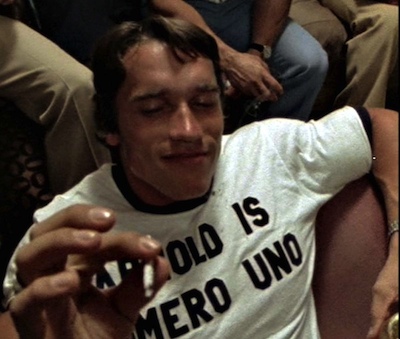Notes
Another Picture of Normalcy from Afghanistan: What Would Tweedledee and Tweedledum Say?

Many if not most of the photographs that we have seen coming out of Afghanistan in recent weeks have emphasized the theme of normalization: adults working, students studying, happy children playing—lots of happy children playing—and of course the Afghan police doing their best to maintain peace and order. If we see people hurt they are being attended to, usually by U.S. military and medical services who seem to display a generally happy countenance. The colors in these photographs tend to be richly saturated and it would seem as if we had stepped through the looking glass on Alice’s mantel and entered the alternate, topsy-turvy universe of the mainstream media.
In this alternate universe we do not see attention directed to the 177 coalition fatalities that have occurred since the beginning of 2011, or the predictions that IED explosions—responsible for more than 55% of such fatalities—will increase in the months ahead. The rising incidence of suicides among U.S. veterans is only occasionally mentioned and never visualized. There are no pictures of the “accidental” killing of Afghani citizens by NATO-led forces, and reports of the “sport killing” of Afghanis by U.S. military don’t show up on the front page, if they show up at all. For all the happy children we see in the alternate universe, there doesn’t seem to be any recognition, visual or otherwise, of the report that on average two children were killed each day last year in Afghanistan for a total of 739 deaths, 17% of which are attributable to U.S. and NATO-led forces. Neither do we see the effects on the hundreds of thousands of people who have been displaced from their homes by the conflict alone. Nor for that matter do we see the impact of bombing on the natural environment as the endangered species list in Afghanistan has increased from 33 to over 80 in a short five years. And the list could go on.
But alas we come to the photograph above from Kabul. One more scene of the normalization of life in Afghanistan. It appeared prominently at nearly every one of the mainstream media slideshows that I visited, including the NYT, the WSJ, and the LAT. The captions were all different. The NYT noted the “street scenes” reflected in the mirrors, as if to direct attention to the reality of what is outside of the frame of the image, what the viewer could not see directly, a vivid portrayal of a vital and local commerce. The WSJ emphasized the mirrors themselves and the fact that they “were displayed for sale,” underscoring their status as commodities, and thus the economic normalcy of the scene itself. Only the LAT seems to have challenged the theme of normalcy by observing that the “display of mirrors in a street market takes on the look of a carnival fun house,” and in so doing they may well have captured the important and ironic complexity of the image as something of an allegory for recent visual representations of life in Afghanistan.
To get the significance of the LAT caption, notice how each mirror is cut to a different shape, elongating or compacting the image that it produces, and thus accenting the effective distortion reflected by the polished glass surface, just as one might imagine in a carnival fun house. But there is more, for we have four mirrors sitting next to to one another that display four different scenes. Jacques Lacan makes much of the “mirror stage” of ego development for a child whose identity is molded by recognizing (or misrecognizing) his/her image in the reflected surface of a mirror as an “imaginary wholeness.” Here, however, the collection of mirrors precisely resists any such unity or wholeness by specifically fragmenting the scene into separate and distinct parts. Indeed, despite the proximity of the four mirrors to one another it is difficult to suture their reflected images together as a seamless actuality. The reality of what see (or more to the point, what we purport to see in the reflection) is thus optically challenged. And as the mirror, so too the photograph, which pits the vivid colors of the reflected images against the drab and muted tones of the trash that dominates the background and upper half of the scene.
When Alice awakens from her sleep she recalls the admonition from Tweedledee and Tweedledum that her own existence might be little more than figment of the Red King’s imagination and wonders to what extent all of life is a dream. The point here is not quite that severe, but certainly the above photograph serves as a cautionary tale for how we have seen, or particularly not seen through the Afghanistan looking glass.
— John Lucaites
(cross-posted from No Caption Needed. photo: Hossein Faterni/AP)


Reactions
Comments Powered by Disqus